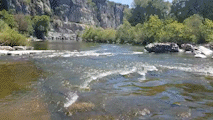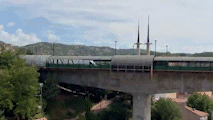The Dutch Wadden Sea, one of the most beautiful landscapes of Europe, and one of its ecologically most important nature reserves, a UNESCO World Heritage site in its entirety. Here life is at every level. Millions upon millions of migratory birds, with many populations depending on these feeding grounds for their survival. From a tiny hermit crab to the system itself, alive as it breaths, as it flows, floods and settles and forms – forms the most beautiful art of nature, only to redraw it all the very next day. Land is taken here, and land is formed. On those ridges that are dry long enough for the wind to catch the sand tiny dunes are formed – kept in place by marram grass, one of the bravest little plants of our planet, collecting fresh water from the rain and making a soil from nothing but sand. Furthest from the gullies clay is deposited in salt marshes, adding greens to a landscape of greys, browns, ochers, blues and white – and offering a shelter and spawning ground to many types of fish. In other words, the Wadden Sea is vibrant – it is wild, it is strong, and it is very much alive.

















































